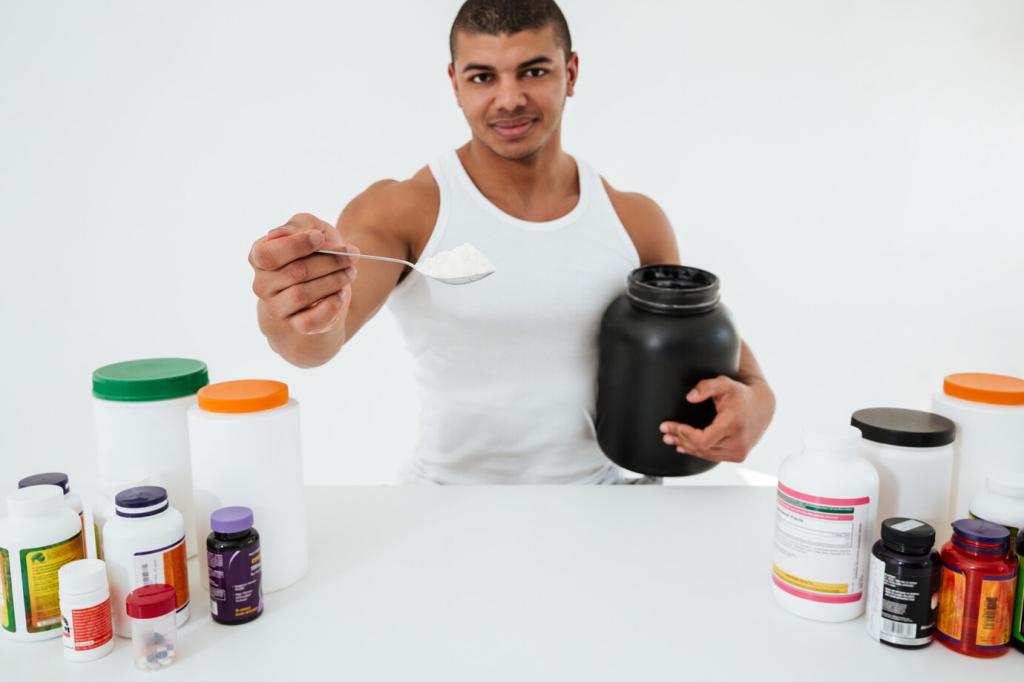Race-Day Rituals You Can Trust
Build a repeatable breakfast playlist: fluids, familiar carbs, and a quiet five-minute check-in. One marathoner stopped bonking after simplifying choices. Drop your ritual in the comments so others can learn and we can feature standouts.
Race-Day Rituals You Can Trust
Practice gel timing on long runs or rides, then replicate exactly on race day. Pause, scan your stomach, take small sips, and resume. Tell us whether the mindful pause improved pace stability or simply eased pre-mile nerves.




